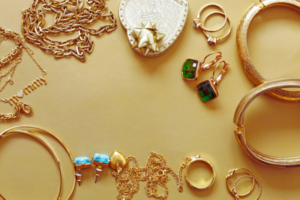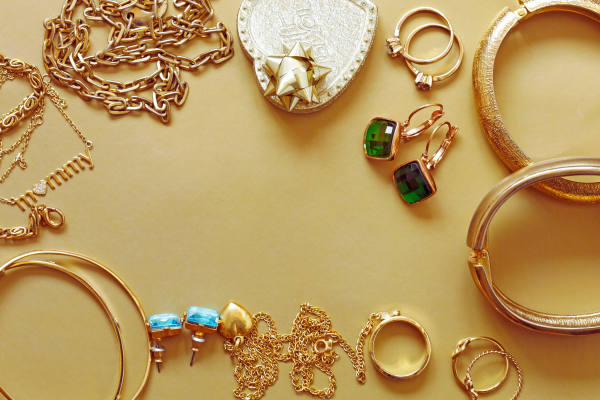Estate distribution can be a complex and delicate process, particularly when it involves valuable assets like jewellery. For lawyers dealing with estate matters, understanding the importance of jewellery valuation is crucial to ensure a fair and accurate distribution of assets. We’ll delve into the specifics of estate distribution for valuation purposes, focusing on jewellery and provide guidance on how to navigate this intricate process.
 Initial Inventory and Documentation
Initial Inventory and Documentation
The first step in estate distribution is to create a comprehensive inventory of all the jewellery in the estate. This should include descriptions of each piece.
Consult a registered Jewellery Valuer
To determine the value of the jewellery, lawyers should collaborate with a NCJV registered jewellery valuers. These experts have the knowledge and experience to assess the true worth of each piece. Lawyers should ensure that the valuer is qualified, ideally holding certifications from reputable organisations like the Gemmological Association of Australia (GAA) and the national council of Jewellery valuers (NCJV)
Different Valuation Approaches
Appraisers typically use three primary approaches to value jewelry:
Market Comparison Approach
Cost Approach
Income Approach
Fair Distribution among Beneficiaries
Once the jewellery has been appraised, lawyers can use the valuation report to facilitate the equitable distribution of assets among beneficiaries. It’s vital to ensure that each beneficiary receives their fair share based on the appraised values. Documents can be updated to reflect the new ownership and value to avoid future disputes.
Tax Implications
Lawyers will consider tax implications in the estate distribution process. High-value jewellery may incur taxes, and understanding these consequences is crucial for minimizing financial burdens on beneficiaries.
Secure Valuables and Maintain Records
Throughout this process, it’s essential to securely store the jewellery and related documents. Keep detailed records of the valuation reports, estate distribution plans, and any agreements to ensure transparency and compliance.
Conclusion
Estate distribution for valuation purposes, especially when it comes to jewellery, demands careful attention to detail and a thorough understanding of the specific valuation methods. Lawyers should engage a registered valuer, stay updated on market conditions and consider tax implications to ensure a fair and efficient estate valuation process. By following these guidelines, lawyers can help their clients navigate this challenging journey with confidence and integrity.




 03 8596 5908
03 8596 5908